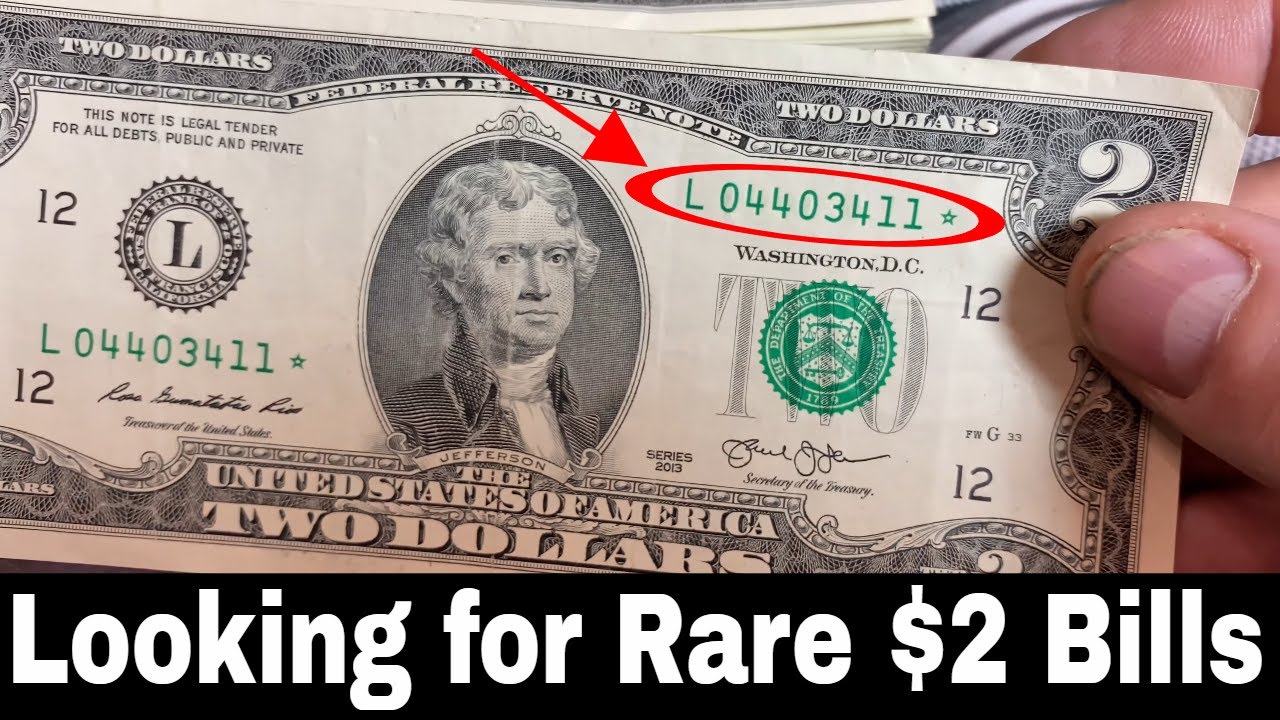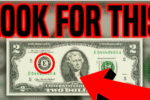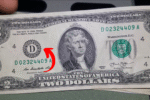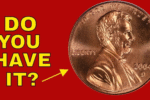Rare $2 Bills Worth Thousands:When it comes to rare currency, the $2 bill holds a unique place in American history. Often seen as a novelty or overlooked entirely, $2 bills have developed a loyal following among collectors. While most $2 bills are worth their face value, certain editions—especially those with unusual serial numbers, printing errors, or historical significance—can be worth hundreds or even thousands of dollars.
If you’re lucky enough to have a stash of old $2 bills lying around, here’s what collectors need to know about which ones are valuable and why.
also read.
- The Rare Bicentennial Quarter Valued at $1 Million, Still in Circulation
- The Lincoln Wheat Penny Valued Nearly at $4 Billion, Still in Circulation?
The History of the $2 Bill
The U.S. $2 bill was first issued in 1862, featuring Alexander Hamilton. It later transitioned to Thomas Jefferson, who remains on the bill to this day. The reverse was updated in 1976 to show John Trumbull’s “Declaration of Independence” painting, making it a collector’s item from a historical and patriotic perspective.
Despite being a legal tender, the $2 bill is rarely used in everyday transactions, making it feel rare—even though it’s still printed periodically by the U.S. Bureau of Engraving and Printing.
The Rare Bicentennial Quarter Valued at $1 Million, Still in Circulation
Why Are Some $2 Bills Worth Thousands?
While many $2 bills are common and only worth their face value, there are several key features that can make a bill extremely valuable:
1. Low Serial Numbers
Collectors prize bills with serial numbers that begin with multiple zeros or are exceptionally low (e.g., 00000001 or 00000100). The lower the number, the higher the potential value. A bill with serial number “00000001” can fetch thousands at auction—especially if it’s in mint condition.
2. Star Notes
Star notes are printed to replace misprinted or damaged currency. These bills have a star (*) at the end of the serial number and are produced in significantly smaller quantities. For a $2 bill, a 1976 star note in pristine condition can sell for $500 to $1,000 or more, depending on its rarity and demand.
3. Unique Serial Numbers
Certain serial number patterns—called “fancy serials”—can dramatically increase a bill’s value. These include:
-
Repeating numbers (e.g., 22222222)
-
Palindromes (e.g., 12344321)
-
Ladders (e.g., 12345678)
-
Solid numbers (e.g., 77777777)
These bills are extremely rare and can command prices ranging from hundreds to several thousand dollars.
4. Bicentennial $2 Bills (1976)
The 1976 $2 bill, issued to commemorate America’s 200th anniversary, was the first time the bill was printed since 1966. Though over 500 million were printed, collectors still seek uncirculated or unique versions from this series.
A 1976 bill with a rare postmark or a red cancellation stamp—often collected on the first day of issue—is also highly collectible.
5. Misprints and Errors
Currency errors—such as double prints, misaligned seals, or ink smudges—can significantly boost a bill’s value. Since quality control in currency printing is high, genuine error notes are rare and highly prized. Some error $2 bills have sold for $5,000 or more.
6. Older Series and Condition
Older $2 bills from the 1928 or 1953 series are more valuable, especially in crisp, uncirculated condition. These bills may feature red or brown seals and were often issued as Legal Tender Notes rather than the Federal Reserve Notes in use today.
Grading also plays a critical role. A note rated “Gem Uncirculated” by professional services (like PMG or PCGS) is worth significantly more than one that is creased, torn, or heavily circulated.
Tips for Collectors
If you’re holding on to a $2 bill or thinking of starting a collection, here are a few expert tips:
-
Check the serial number for unusual patterns or stars
-
Preserve condition by storing bills in acid-free currency sleeves
-
Avoid folding or handling the bill frequently
-
Consult a professional or use online marketplaces to compare pricing
-
Have bills appraised by certified dealers before selling
Final Thoughts
The $2 bill may seem like an ordinary piece of currency, but in the world of numismatics (currency collecting), it holds remarkable value for the right collector. Whether you have a rare star note, a low-serial gem, or an error bill, it’s worth taking a second look.
A bill that might’ve cost you a snack in the 1970s could now be worth hundreds or even thousands of dollars. So next time you come across a $2 bill, don’t spend it—inspect it. You might be holding a small fortune in your hands.





